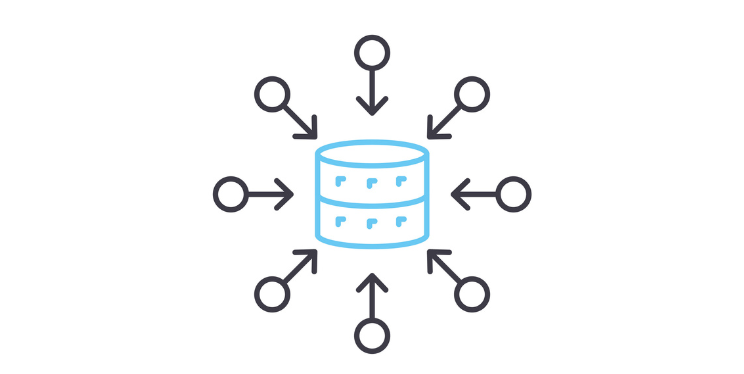Getting to a ‘Single Source of Truth’ for Marketing and Sales Data
Author
| Published: July 18, 2024A primer on SSOT and how companies can get to one.

When it comes to data, the concept of a “Single Source of Truth” (SSOT) is crucial to ensure consistency, accuracy, and reliability of information within an organization. Pursuing a SSOT is a holy grail for organizations, and it’s important that marketing and sales leaders understand this term and how it applies to their work.
What is a Single Source of Truth?
A Single Source of Truth is a practice where all data is stored in one place, ensuring that every individual and team in an organization uses the same data. This eliminates confusion and inefficiencies caused by having multiple versions of the same data in different locations. An SSOT system as the authoritative data source that can be accessed and utilized across various departments, ensuring that everyone is on the same page.
The Importance of SSOT in Marketing and Sales
For marketing and sales teams, having a Single Source of Truth is crucial. These teams often rely on many different data points to make informed decisions, strategize campaigns, and track performance metrics. Discrepancies in data can lead to misinformed strategies, wasted resources, and lost opportunities. An SSOT framework ensures that all teams are working with the same data, leading to more cohesive and effective strategies.
SSOT & Customer Relationship Management (CRM)
Consider a company that uses a CRM system to track interactions with potential and existing customers. Despite this CRM, marketing might track leads in one system, while sales might track their interactions in another. This can lead to inconsistencies, such as outdated contact information or duplicated efforts. By implementing a CRM like HubSpot and making that your SSOT, both marketing and sales teams have access to the same up-to-date customer information. This allows for seamless communication and a unified approach to customer engagement.
SSOT & Marketing Campaign Performance
Marketing teams run various campaigns across multiple channels—email, social media, PPC, etc. Each channel might have its own analytics and reporting tools. Without an SSOT, compiling these disparate data sources to get a holistic view of campaign performance can be challenging and error-prone. An SSOT system consolidates data from all marketing channels into a single dashboard, providing a comprehensive and accurate view of campaign effectiveness. This helps marketing teams make data-driven decisions to optimize their strategies.
SSOT & Sales Forecasting
Accurate sales forecasting is critical for business planning and inventory management. Sales forecasts rely on historical sales data, market trends, and lead conversion rates. If marketing and sales teams are working with different data sets, forecasts can be inaccurate, leading to poor business decisions. With an SSOT, all relevant data is centralized, ensuring that sales forecasts are based on the most accurate and up-to-date information available. This improves the reliability of forecasts and helps in better decision-making.
Challenges in Implementing an SSOT
While the benefits are clear, implementing an SSOT can be challenging. It requires significant investment in technology and processes to integrate or consolidate your growth stack. Organizations must also address data governance issues, ensuring that the data is accurate, complete, and secure. Additionally, change management is critical, as employees need to be trained to use the new system effectively. Having said that, it’s much easier to use systems like HubSpot consolidate your data and act as a SSOT.
In Summary: Benefits of Implementing an SSOT
- Improved Data Accuracy: By consolidating data into a single source, the likelihood of errors and discrepancies is significantly reduced.
- Enhanced Collaboration: Teams can collaborate more effectively when they are working with the same data set. This fosters better communication and a unified approach to business strategies.
- Informed Decision-Making: Access to accurate and comprehensive data enables better analysis and more informed decision-making.
- Efficiency and Productivity: Eliminating the need to reconcile data from multiple sources saves time and resources, allowing teams to focus on more strategic tasks.

